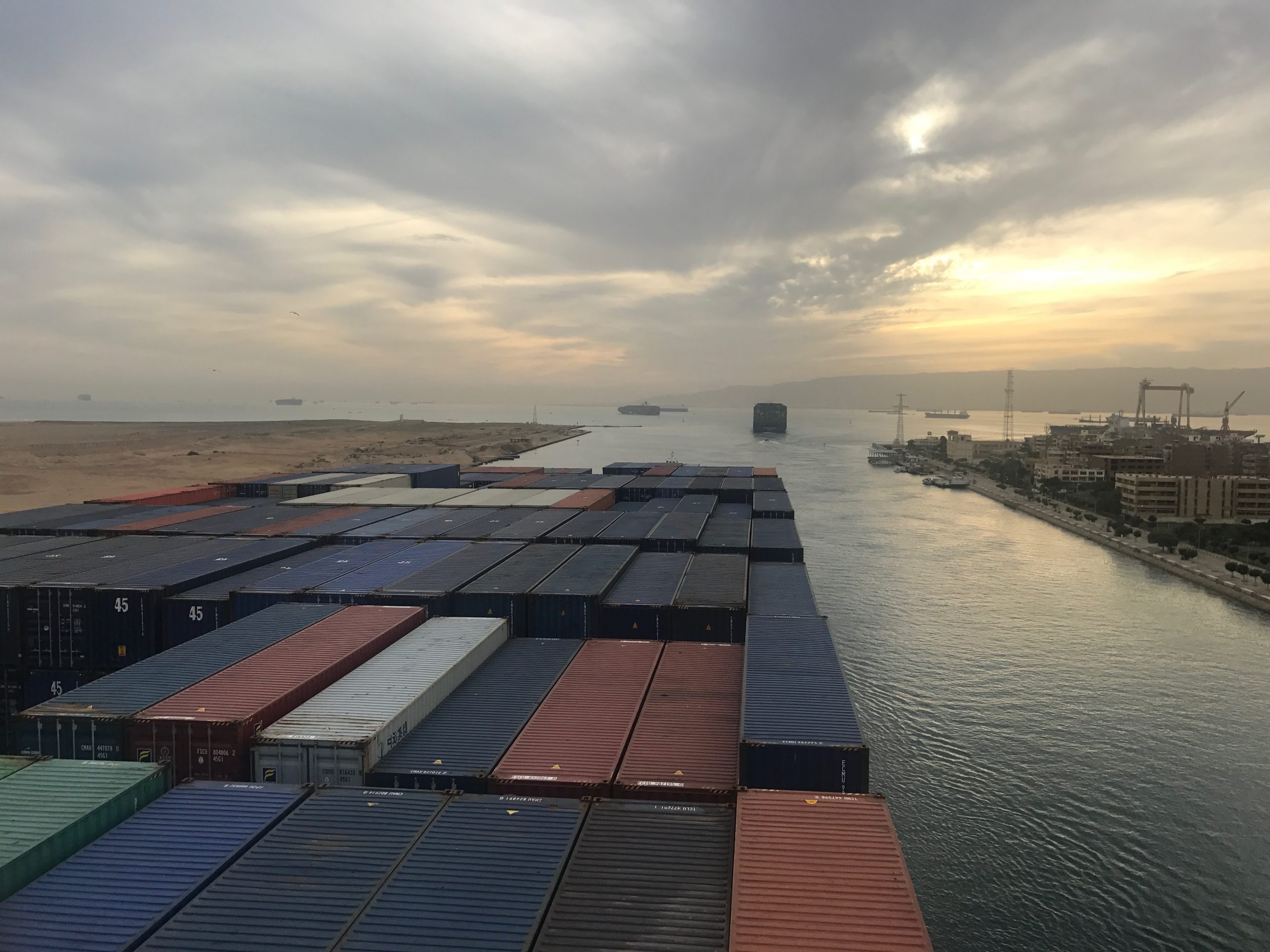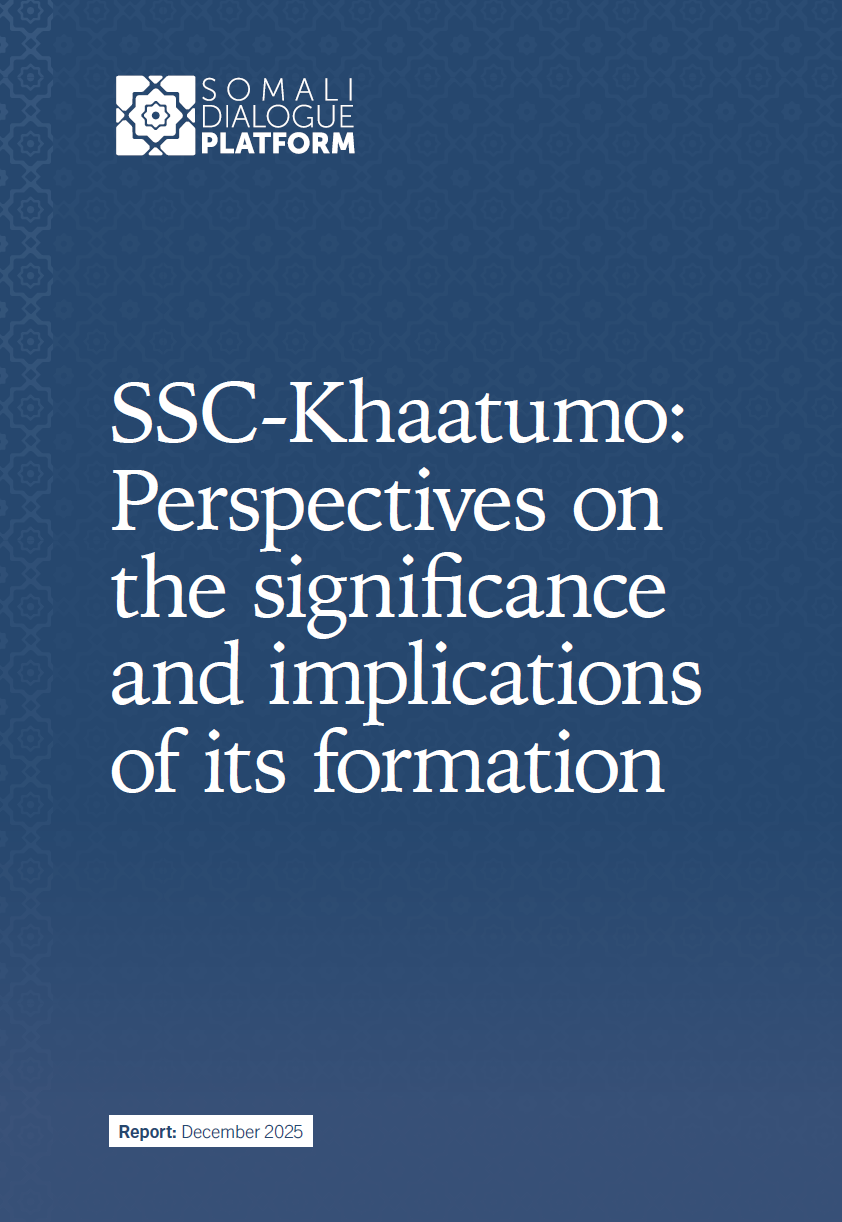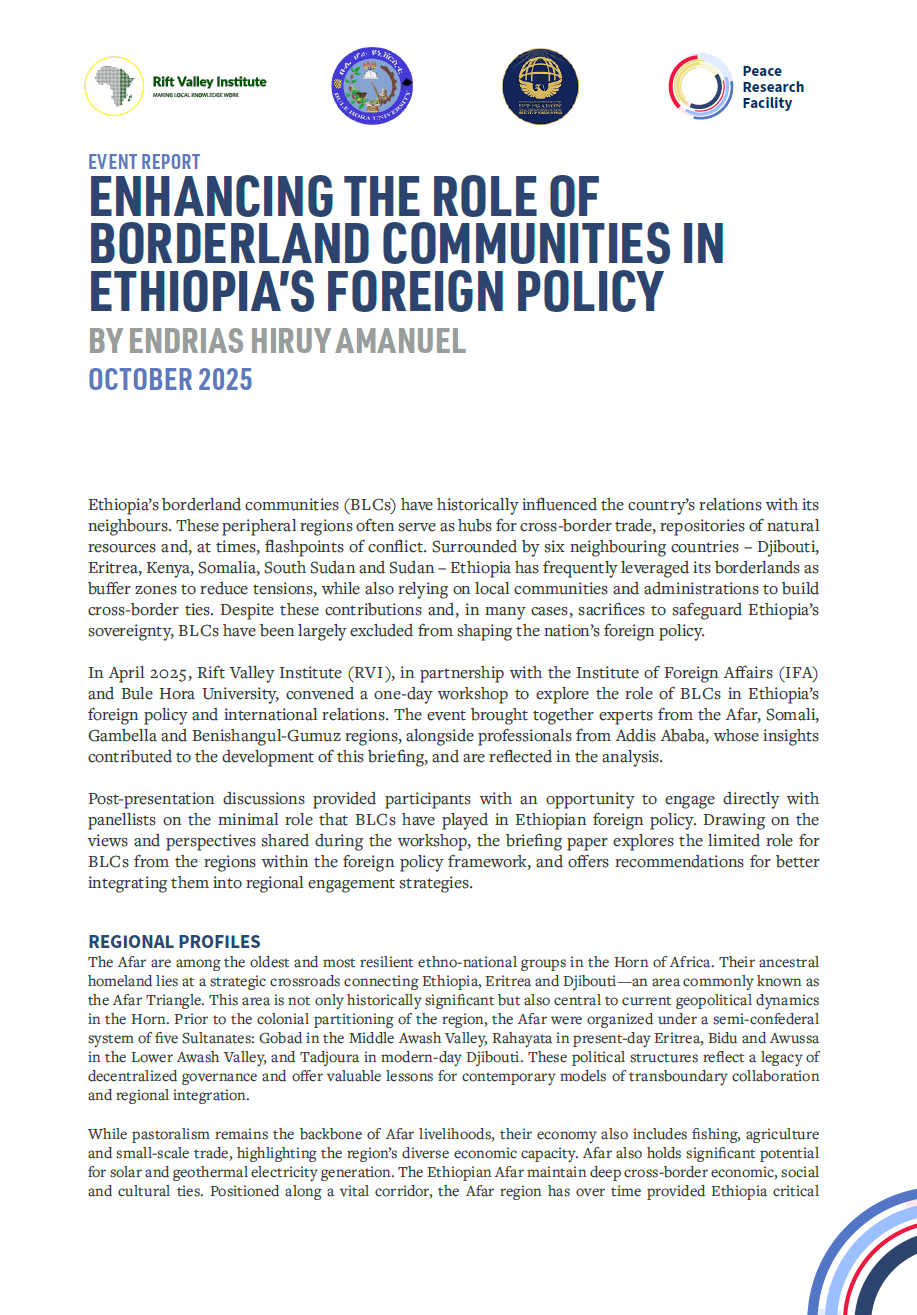Jatin Dua – Associate Professor of Anthropology, University of Michigan.
After six days stationary in the Suez Canal, the Ever Given—a Panamanian-flagged container ship traveling from Malaysia to the Netherlands—was finally unstuck and able to continue its journey. While the name Ever Given will soon become a piece of trivia associated with a temporary blocking of one of the world’s most important waterways, the lessons that these events provide about the importance of geographical chokepoints to world trade, and the political systems that have developed around them, should be taken more seriously.

The freeing of the Ever Given on 29 March 2021 was the result of several days-worth of intensive dredging, non-stop work by a fleet of tugboats, and a favourable swell combined with unusually high tides caused by a full moon. For almost a week the 220,000-tonne ship had managed to completely block traffic in the Suez Canal where roughly 12 percent of global trade transits, creating a back-log of over 400 vessels. Billions of dollars’ worth of cargo, ranging from sheep to oil and thousands of seafarers were all stuck on both sides of this vital chokepoint that connects the Mediterranean to the Red Sea.
The Suez Canal is one of the eight major chokepoints of world trade. Others include the Straits of Hormuz (between the Persian Gulf and Gulf of Oman), the Straits of Malacca (dividing the Malay Peninsula and the island of Sumatra), as well as the Bab el-Mandab, which separates the Arabian and African continents between Djibouti and Yemen. These are sites that ‘choke’ the flow of resources, information and bodies whose circulation is critical to global commerce. As the Ever Given’s unplanned stopover showed, chokepoints are sites of considerable economic, political, and military significance. Narrow, often difficult to avoid, and heavily trafficked, chokepoints can represent potentially paralyzing vulnerabilities to vital systems and networks.
While the Suez Canal is one of the most visible global chokepoints, the Western Indian Ocean region, which includes the Horn of Africa and Arabian Peninsula, includes many more; from ports to mountain passes, as well as narrow straits like the Bab el-Mandab. As RVI’s research has shown, Chokepoints are crucial spaces for cross-border and trans-regional mobility and, as a consequence, have become sites of political possibility and profit. Control over chokepoints is thus a crucial feature of politics and social life in this region.
Long neglected or only understood within frameworks of national and state-centric understandings of the region, chokepoints and corridors are increasingly emerging as key spaces of conflict and contestation in the Western Indian Ocean region. Crucially, they have also become locations where a range of actors from small states like Djibouti to subnational entities like Puntland seek to engage regional and international bodies. These are crucial sites of negotiation between a variety of actors and power brokers in the region. Simultaneously, there are locales where colonial histories of extraction and exploitation continue to manifest themselves, such as in battles over port access, but also crucially sites of refuge and community, for example for Yemeni migrants fleeing the war and sailing to places like Bosaso (Puntland) and Obock (Djibouti). These are places where the weak can sometimes become strong, such as when pirates captured ships transiting through the chokepoints of the Bab-el-Mandeb resulting in a global maritime response and untold losses for crew and cargo.
In addition to being a story of great power politics and new visions of regional and transregional connectivity, chokepoints demonstrate the need to better integrate maritime realms into policy analysis. More than just empty spaces or simply zones of transit, maritime realms are shaped by political, economic, and social forces on land, while also themselves shaping developments on land—from the physical impact of winds and tides in shaping rainfall patterns, to contests over offshore resources.
Understanding this dynamic can help produce analyses that treat maritime space in a similar way to the dynamics associated with borders and cross-border relations. The integration of maritime realms into policy studies of regions such as the Horn of Africa thus emphasizes the overlapping of socio-political, economic and environmental realms.
As the case of the Ever Given made briefly visible, global trade circulation is a fragile project. Chokepoints reveal both the points of tension and constriction in this system and the mix of human and non-human actors that make global trade possible.
This blog is a product of the X-Border Local Research Network, a component of the FCDO’s Cross-Border Conflict Evidence, Policy and Trends (XCEPT) programme, funded by UK aid from the UK government. XCEPT brings together leading experts to examine conflict-affected borderlands, how conflicts connect across borders, and the factors that shape violent and peaceful behaviour. The X-Border Local Research Network carries out research to better understand the causes and impacts of conflict in border areas and their international dimensions. It supports more effective policymaking and development programming and builds the skills of local partners. The views expressed do not necessarily reflect the UK government’s official policies.



